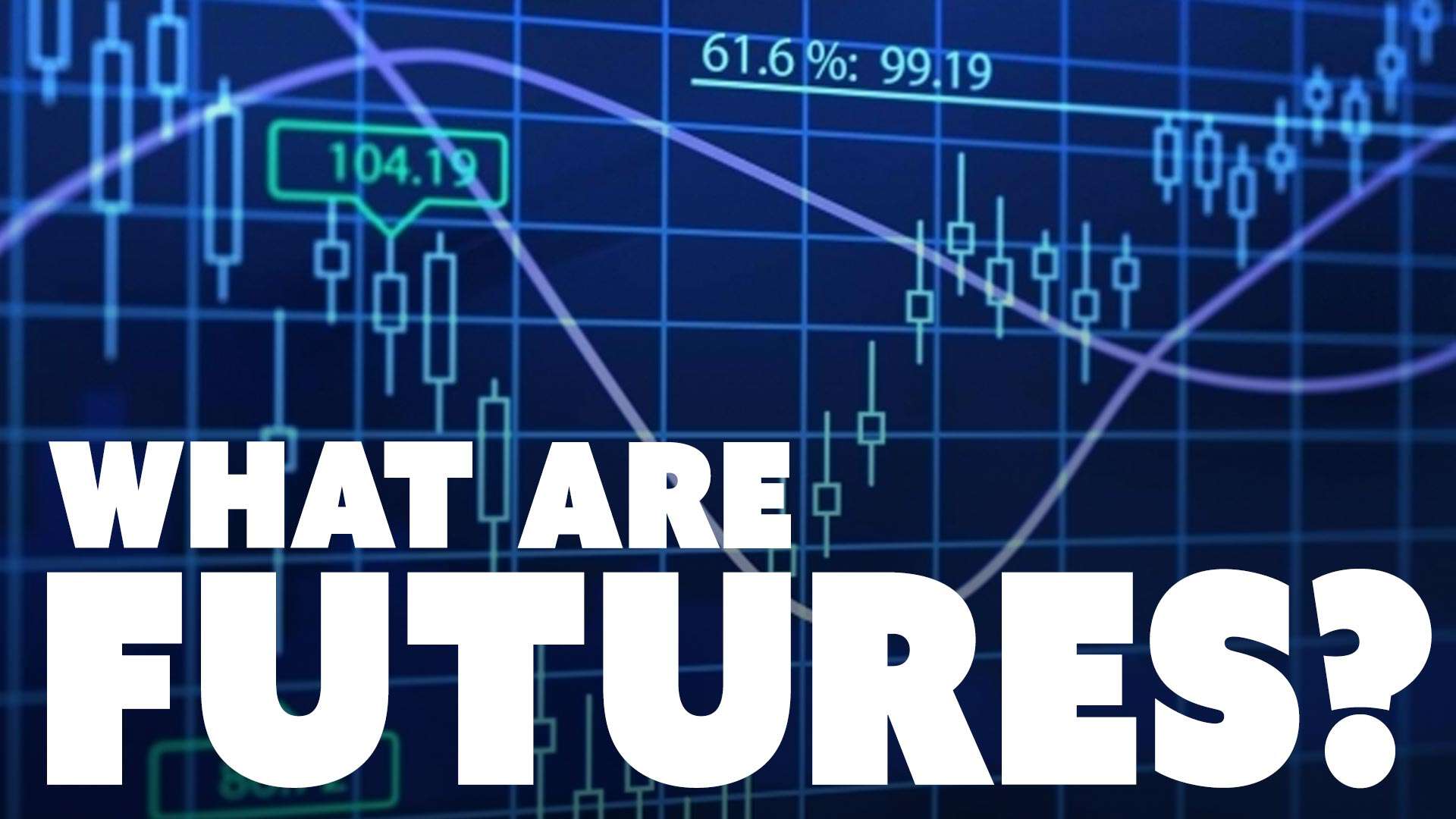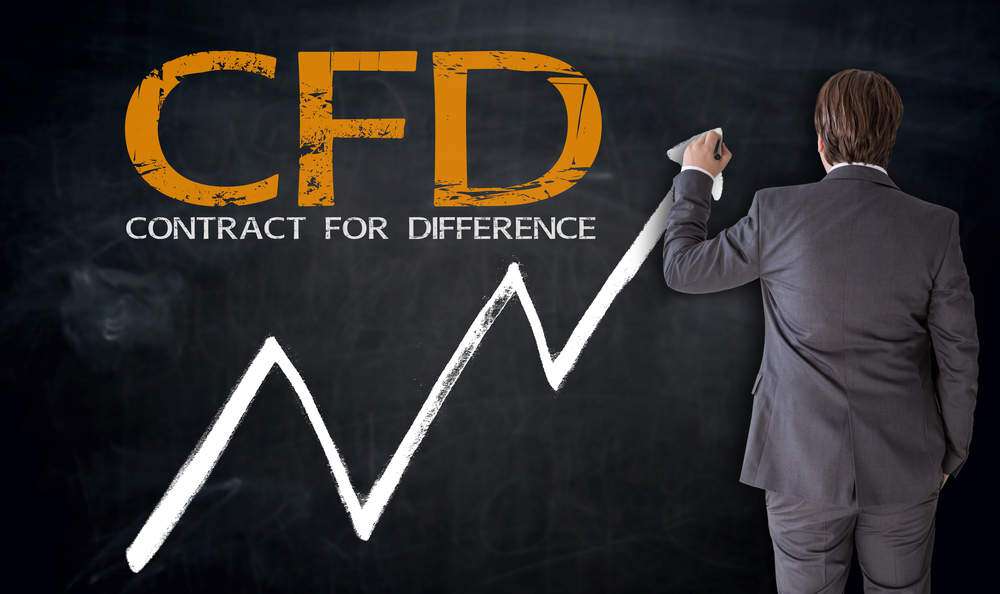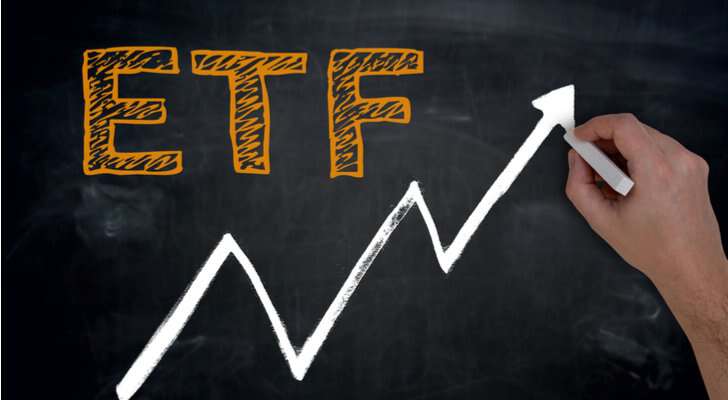What are Futures?
A futures contract is a legal agreement to buy or sell a specified commodity asset or security at a set price at a specific time in the future. Futures contracts are standardized in terms of quality and quantity to facilitate trading on a future exchange. The buyer of a futures contract assumes the obligation to buy and receive the underlying asset when the futures contract expires. The seller of the futures contract assumes the obligation to provide and deliver the underlying asset on the expiry date.

How did futures come about?
Futures transactions are not an invention of modern financial markets, but can be traced back to Greek antiquity in the case of futures.
In Europe, futures contracts became increasingly popular from the 17th century onwards. Even then, retailers and producers wanted to hedge against price fluctuations.
What types of futures are there?
On the one hand, there are so-called futures on commodities, which are generally referred to as commodity futures (or ETCs).
Frequently traded commodities are, for example, wheat, rice, coffee, precious metals such as gold or petroleum. Futures thus offer a wide range of underlying assets.
On the other hand, there are so-called financial futures. These include futures on individual stocks, stock indices and foreign exchange.

Margin
Margin means the amount you need to deposit to make a futures transaction or other forward transactions. This is only a certain fraction of the total value of the traded contract. It is determined by the stock market and is different for each underlying. From time to time, the stock market sets new margin rates.
A distinction is made between Initial Margin and Maintenance Margin. Initial Margin means the minimum amount you must have in your account to open the transaction. Maintenance margin, sometimes also called variation margin, refers to the sum you have to pay when holding overnight. The deposit is monitored by your broker. If you do not have enough money to open the position in the account, the trade will be blocked. If you hold the positions for a longer period of time and the amount is not sufficient for the maintenance margin, your broker will ask you to pay margins. This process is called a “margin call“.
Micro Futures
It is said that trading futures is the premier class of trading and professional traders mainly rely on this instrument. Some trading strategies, such as volume trading and order book trading, are only possible with futures. However, many novice traders consider futures to be complicated, risky and not suitable for small accounts. When day trading with stock indices, they usually rely on contracts for difference (CFDs).
Due to the security deposit to be deposited, this way was previously only possible for traders with larger trading accounts. The problem was already recognized by the futures exchange CME in 1997, when the e-Mini Futures were introduced. For example, they divided the margin rate and tick value of the “big” S&P futures by a factor of 50. Due to the sharp rise in the S&P 500, however, this also became too much for many small traders.
The most important futures exchanges
USA: Chicago Mercantile Exchange, das Chicago Board of Trade und die New York Mercantile Exchange ICE (International Exchange), Atlanta CBOE (Chicago Board Options Exchange), Nasdaq OMX, New York.
Zentral- und Südamerika: BM&FBovespa in Sao Paulo (Brasilien)
Europa: Eurex Terminbörse der Deutschen Börse AG (Sitz in Eschborn),



